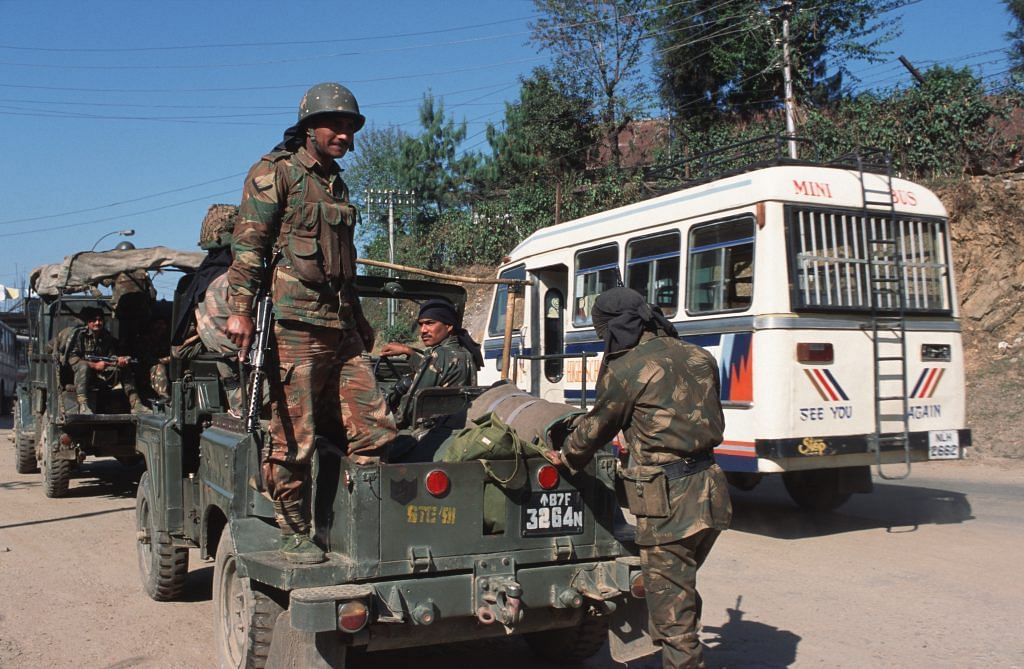New Delhi: The Congress has claimed to have carried out six surgical strikes during the 10 years of the UPA government, but top officials of the Army say the post-Uri strike of 2016 cannot be compared to any previous operation.
Sources within the defence establishment said the 2016 operation was indeed “surgical” because of the scope and magnitude of the strike.
What was different in 2016?
Cross-LoC operations are a common phenomenon, and are often not reported. But these are carried out mostly at a battalion, brigade, or at most, divisional level.
But the planning of the 2016 surgical strike happened at the highest level of the government, where options and plans were discussed with top officials of the PMO and then-Army chief Gen. Dalbir Singh Suhag.
“Cross-border raids have taken in the past also. The 2016 surgical strike was different in terms of the scope of the operation. Another difference is that the political leadership decided to own up the operation,” Lt Gen. D.S. Hooda (retd), former Northern Army Commander and the man who headed the operational planning of the 2016 strike, told ThePrint.
Hooda was the person tasked by the Congress to draft the party’s security doctrine for the nation.
Lt Gen. Satish Dua (retd), who was heading the Srinagar-based 15 Corps that was in charge of the Uri camp, said not only were there multiple targets at different depths from the LoC, other services were also put on alert.
“We had the entire Western Command put on high alert just in case Pakistan retaliated. Other services were also put on alert. Plus, we used both diplomatic and economic measures to counter Pakistan,” Dua said.
Also read: In Balakot, India tested a new military reaction much different from 2016 surgical strikes
‘Intent comes from political class’
Another important person involved in training and planning the cross-LoC raid on a larger scale was Maj. Gen. (retd) Naresh Badhani. Although he had retired from the Northern Command three months before the strike, he was one of the persons in-charge of the Army’s planning on what steps to take in different scenarios.
“The government of the day had the right to claim credit for the surgical strike. The capability was there but intent is needed, and intent comes only from the political class. Had anything gone wrong, the discredit would have also gone to the government of the day,” Badhani said.
Also read: General who led surgical strikes will now head Congress task force on national security
